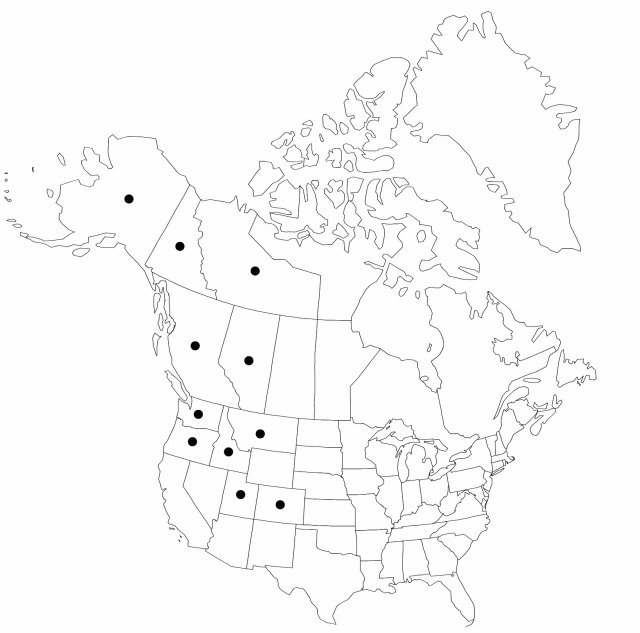Difference between revisions of "Carex atrosquama"
Proc. Biol. Soc. Wash. 25: 51. 1912.
FNA>Volume Importer |
imported>Volume Importer |
||
| Line 6: | Line 6: | ||
|place=25: 51. 1912 | |place=25: 51. 1912 | ||
|year=1912 | |year=1912 | ||
| + | }} | ||
| + | |special_status={{Treatment/ID/Special_status | ||
| + | |code=F | ||
| + | |label=Illustrated | ||
| + | }}{{Treatment/ID/Special_status | ||
| + | |code=E | ||
| + | |label=Endemic | ||
}} | }} | ||
|basionyms= | |basionyms= | ||
| Line 57: | Line 64: | ||
|publication title=Proc. Biol. Soc. Wash. | |publication title=Proc. Biol. Soc. Wash. | ||
|publication year=1912 | |publication year=1912 | ||
| − | |special status= | + | |special status=Illustrated;Endemic |
| − | |source xml=https:// | + | |source xml=https://bibilujan@bitbucket.org/aafc-mbb/fna-data-curation.git/src/bb6b7e3a7de7d3b7888a1ad48c7fd8f5c722d8d6/coarse_grained_fna_xml/V23/V23_726.xml |
|genus=Carex | |genus=Carex | ||
|section=Carex sect. Racemosae | |section=Carex sect. Racemosae | ||
Revision as of 21:37, 27 May 2020
Plants loosely cespitose. Culms 20–50 cm, distally scabrous. Leaves 3–5 mm wide. Inflorescences: proximal bracts shorter than or exceeding inflorescences; spikes contiguous or the proximal separate, overlapping, erect, distinct, short-pendunculate, short-oblong or elongate, 8–20 × 5–6 mm; lateral 2–3(–5) spikes pistillate, of similar length; terminal spike gynecandrous. Pistillate scales dark brown or black to margins, ovate or broadly lanceolate, shorter than and as broad as perigynia, midvein same color as body, inconspicuous, occasionally raised, prominent, short-mucronate. Perigynia ascending, pale green becoming golden brown, veinless, elliptic, 2.5–3.5 × 1.5–1.75 mm, apex gradually or abruptly beaked, distally papillose; beak 0.3–0.5 mm, entire or shallowly bidentate, smooth. Achenes nearly filling body of perigynia.
Phenology: Fruiting Jun–Aug.
Habitat: Subalpine and alpine meadows, river gravels, shorelines
Elevation: 300–3600 m
Distribution

Alta., B.C., N.W.T., Yukon, Alaska, Colo., Idaho, Mont., Oreg., Utah, Wash.
Discussion
The absence of collections of Carex atrosquama in Wyoming is unexpected.
Selected References
None.